- Field inspection of shrimp - rice model in Long Dien Dong A commune
- The essence of shrimp and crab in Mui Ne
- Ca Mau signed a cooperation agreement to expand the super-intensive shrimp farming model.
Since the Government 's Resolution No. 09/2000/ND-CP dated June 15, 2000 was issued, allowing the conversion of ineffective rice and salt production areas and coastal swamps to shrimp farming, in Ca Mau, many shrimp farming models have continuously developed over the years, from traditional extensive farming methods, improved extensive farming to intensive and super intensive farming. In particular, combined extensive farming models such as: shrimp - forest, shrimp - rice, shrimp - crab - fish are increasingly expanding, because they not only bring high economic efficiency , but are also in harmony with nature and sustainable in the face of challenges of climate change and diseases...
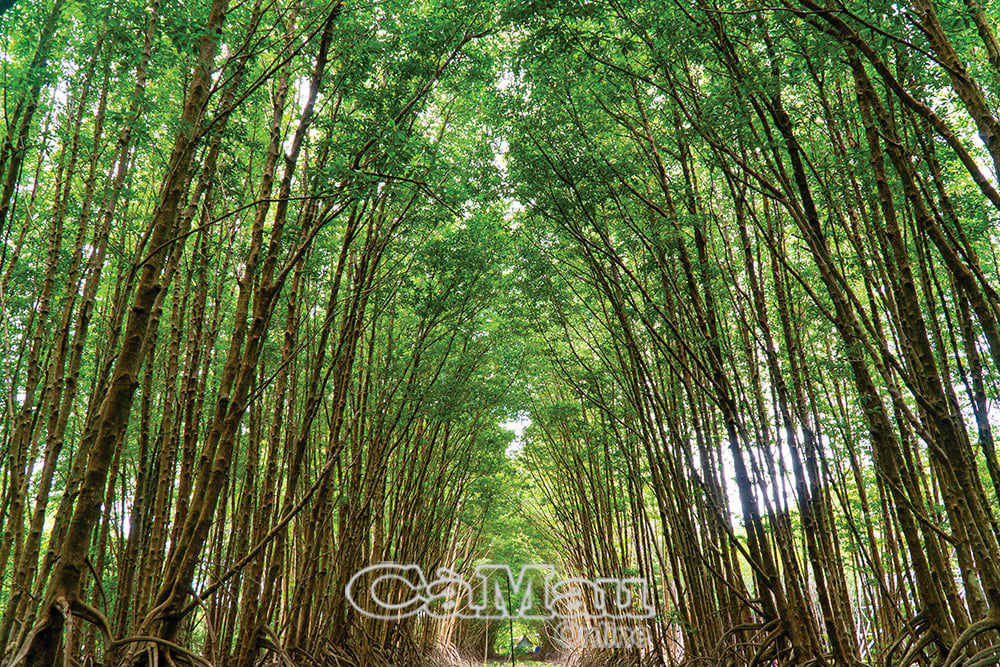 Vast mangrove forests in Ca Mau cape. (Photo: Nhat Minh)
Vast mangrove forests in Ca Mau cape. (Photo: Nhat Minh)
Up to now, the total shrimp farming area of the whole province has reached about 427,212 hectares, of which improved extensive shrimp farming is 198,042 hectares; combined extensive farming: shrimp - forest, shrimp - rice, shrimp - crab - fish... is about 197,216 hectares; the rest is intensive and super intensive farming.
One of the highlights in the province's colorful agricultural picture is the shrimp - forest, shrimp - rice model. At many seminars and conferences, experts, localities as well as businesses and people all affirmed that this is a model for high income, sustainability in the face of climate change challenges, creating a source of products to meet the consumption trends of domestic and foreign markets.
In order to maximize this potential, in recent times, the province has focused many resources on developing shrimp-forest, shrimp-rice areas in a clean, ecological and organic direction. Minh Phu Certified Shrimp Social Company Limited is a pioneer in implementing shrimp-rice, shrimp-forest production areas in the direction of organic rice, ASC-certified shrimp, and many ecological certifications from international organizations such as: Naturland, EU Organic, BIO Suisse, Canada ORG..., thereby building a responsible farming profession for sustainable development, helping to increase income for people.
As one of the households participating in the shrimp farming model certified by Minh Phu Certified Shrimp Social Company Limited, Mr. Bui Van Sy, Tac Bien Hamlet, Phan Ngoc Hien Commune, said: "My family was supported and guided on technical processes, especially the stage of raising the shrimp before stocking, so the survival rate increased, production efficiency increased 3-4 times compared to before. With more than 5 hectares of land, each year the family earns about 400-500 million VND from shrimp and crab, in addition to additional profits from fish and forest trees."
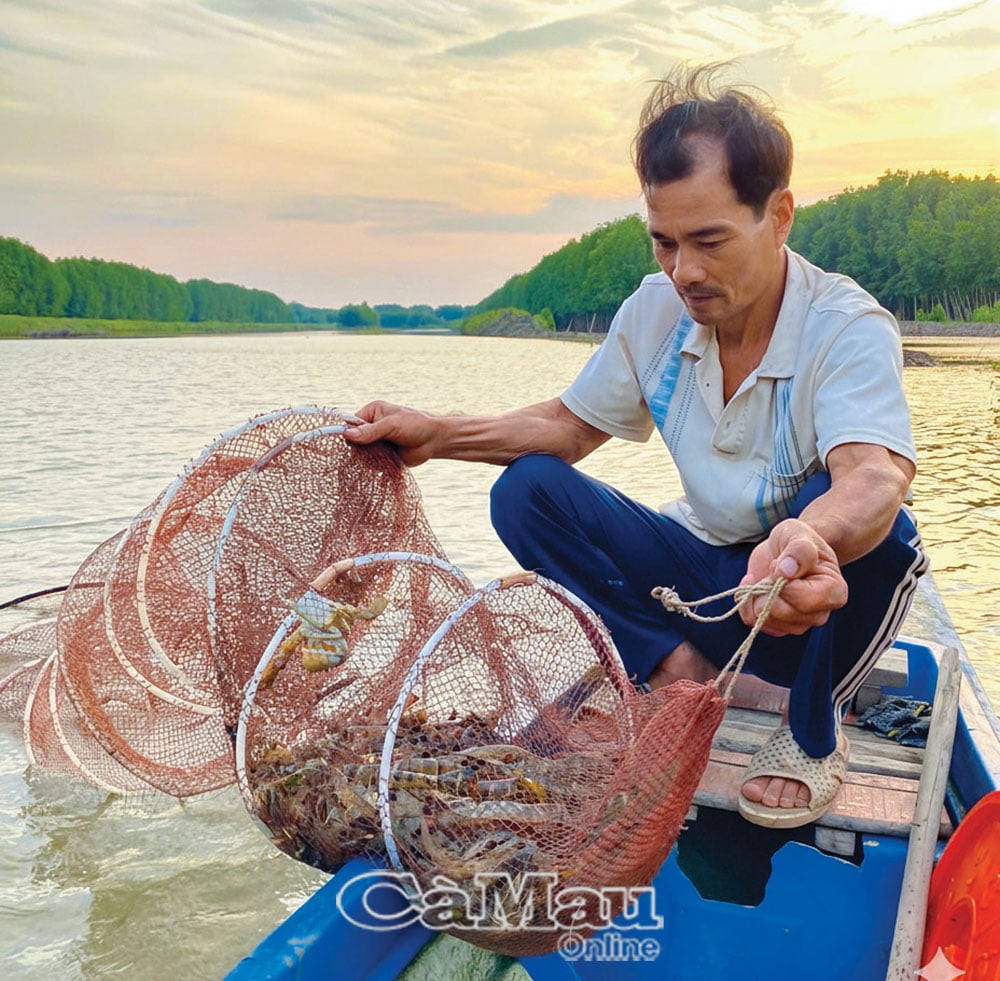 Effective ecological shrimp farming model of households in Tac Bien hamlet, Phan Ngoc Hien commune. (Photo: Chi Hieu)
Effective ecological shrimp farming model of households in Tac Bien hamlet, Phan Ngoc Hien commune. (Photo: Chi Hieu)
In the brackish water ecological zone of the province, the organic shrimp-rice model brings high economic value. At the Quyet Tien Agricultural, Aquatic and Service Cooperative (Hamlet 4, Tri Phai Commune), the ASC-certified shrimp model with an area of 103 hectares of more than 40 cooperative members and 117 hectares of 63 neighboring households all bring high income.
Mr. Vo Van Diep, Chairman of the Board of Directors of the Cooperative, said that when participating in the model, the cooperative members and farmers received technical support and seeds from Minh Phu Certified Shrimp Social Company Limited, thereby significantly increasing efficiency, with many households harvesting 100 million VND/ha/crop.
The development of the shrimp industry in recent times has made Ca Mau the locality with the largest area of ecological shrimp in the country. The province's shrimp has been present in many demanding markets such as: Australia, Europe, Japan, Korea...
Although the current shrimp productivity of shrimp - forest and shrimp - rice farming is not high compared to other types of shrimp farming, in return the cost is low, stable, sustainable and can protect and develop forests. In particular, in addition to the resources of shrimp, crab, fish..., many households in the mangrove forest area have taken advantage of natural advantages, further developing the economy with the community tourism model. Experiential activities for tourists such as: visiting the forest by boat, catching shrimp, or catching crabs in cages... not only increase income for people, but also contribute to preserving the ecosystem and forest resources.
The province's plan for breakthrough shrimp production development in 2025 aims to develop Ca Mau shrimp industry into an effective and sustainable shrimp farming center of the Mekong Delta and the whole country, contributing to the province's GRDP growth reaching 8% or more in 2025 and reaching double digits in the following years.
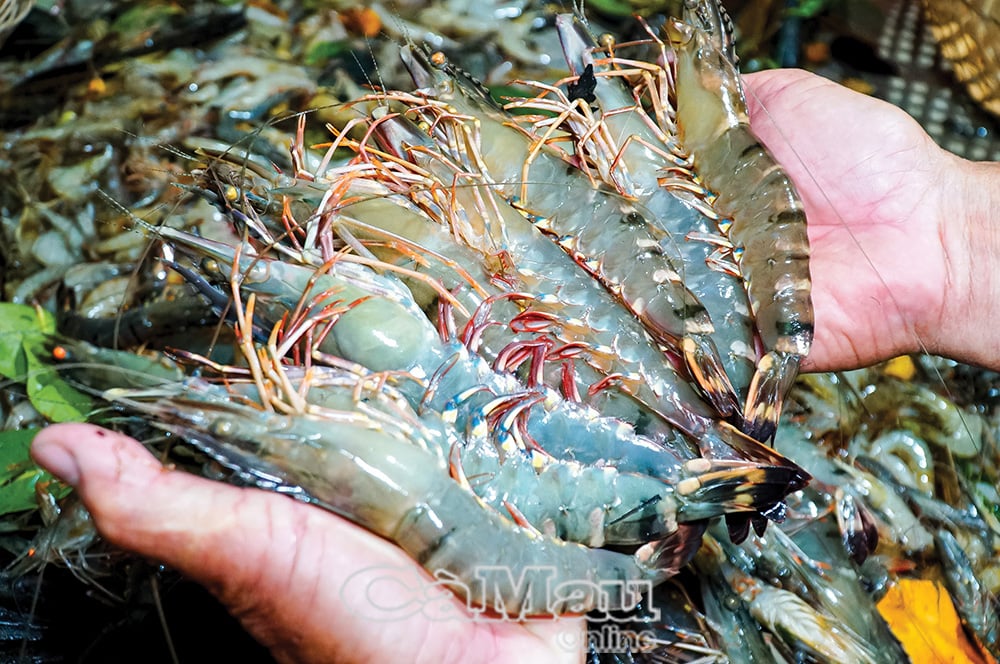 Ecological shrimp is a clean shrimp, has high economic value and is favored by many markets. (Photo: Nhat Minh)
Ecological shrimp is a clean shrimp, has high economic value and is favored by many markets. (Photo: Nhat Minh)
Mr. Lam Ngoc Buu, Deputy Head of the Department of Fisheries, said that the province is currently focusing on organizing concentrated farming areas associated with production chain linkages; linking with international organizations and enterprises to deploy shrimp - forest, shrimp - rice models that meet international certification standards: ASC, Naturland, Organic... associated with developing the brand "Ca Mau Ecological Shrimp".
By the end of 2025, the province aims to reach an improved extensive shrimp farming area of 387,000 hectares and an intensive and super-intensive shrimp farming area of approximately 40,000 hectares; aquaculture output of 907 thousand tons, of which shrimp is 565 thousand tons; export turnover of about 2.43 billion USD.
Nguyen Phu
Source: https://baocamau.vn/san-xuat-thuan-thien-a123172.html


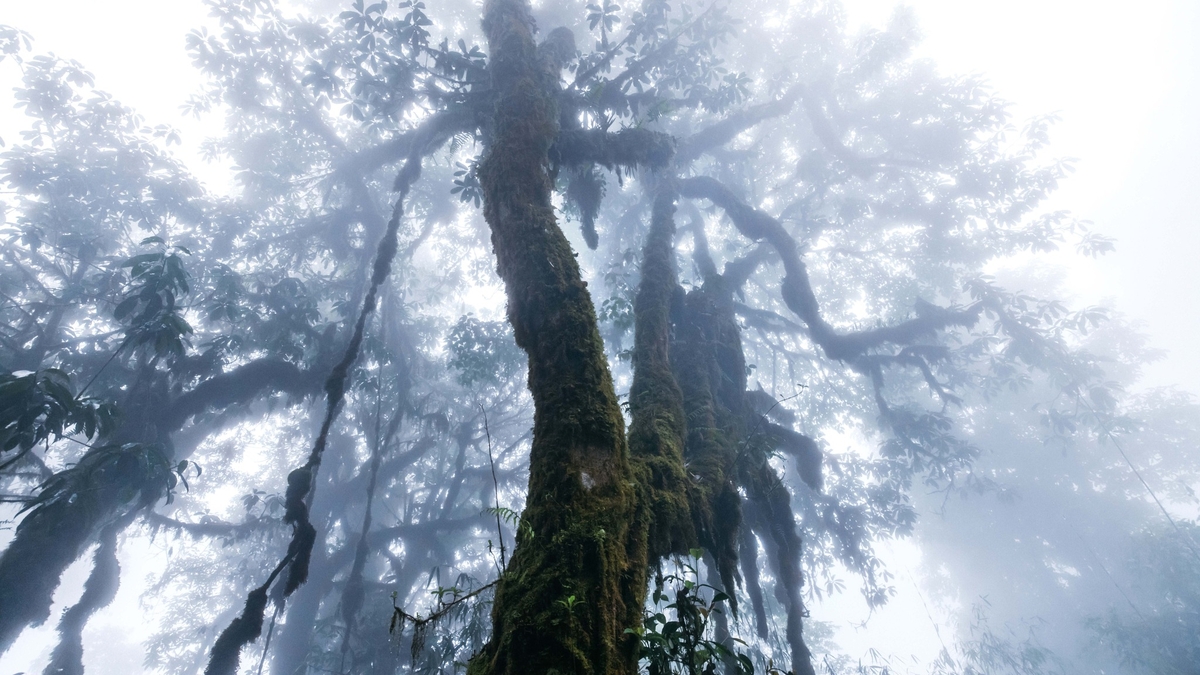
![[Photo] Prime Minister Pham Minh Chinh received Mr. Yamamoto Ichita, Governor of Gunma Province (Japan)](https://vphoto.vietnam.vn/thumb/1200x675/vietnam/resource/IMAGE/2025/10/21/1761032833411_dsc-8867-jpg.webp)
![[Photo] Da Nang residents "hunt for photos" of big waves at the mouth of the Han River](https://vphoto.vietnam.vn/thumb/1200x675/vietnam/resource/IMAGE/2025/10/21/1761043632309_ndo_br_11-jpg.webp)
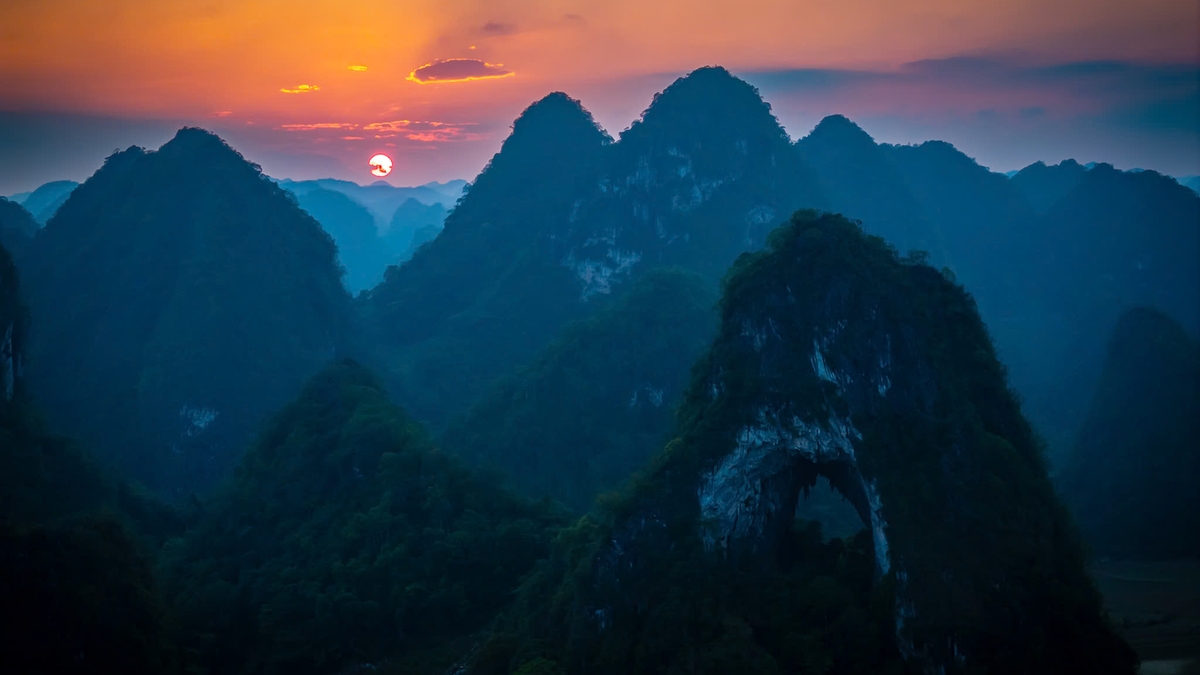
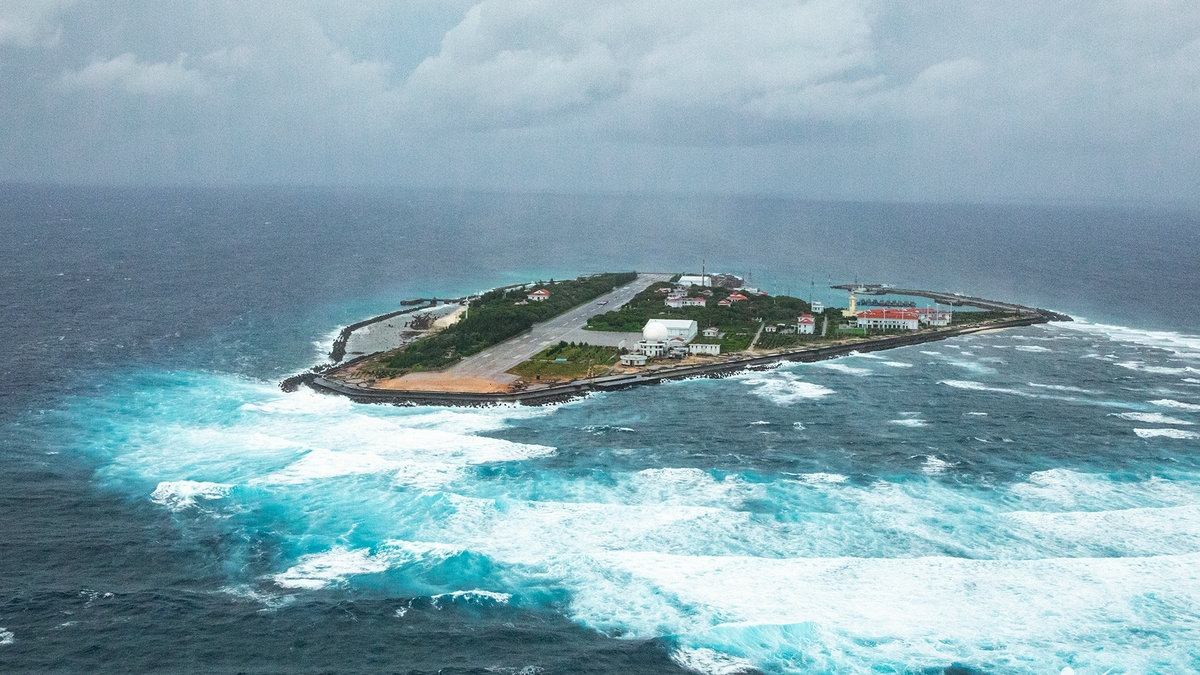
![[Photo] Prime Minister Pham Minh Chinh meets with Speaker of the Hungarian National Assembly Kover Laszlo](https://vphoto.vietnam.vn/thumb/1200x675/vietnam/resource/IMAGE/2025/10/20/1760970413415_dsc-8111-jpg.webp)
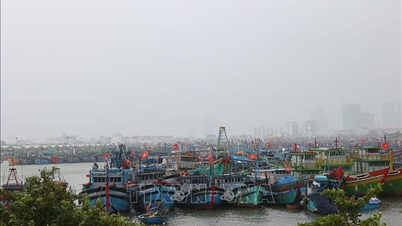

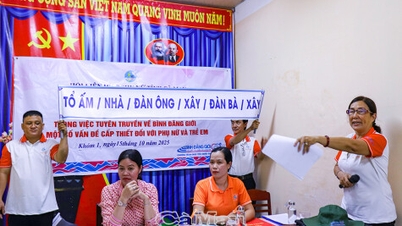
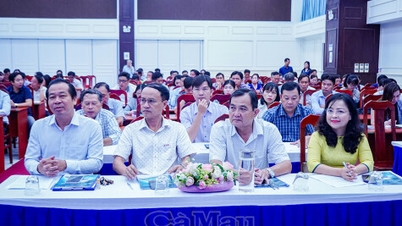
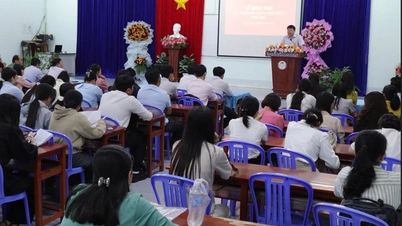

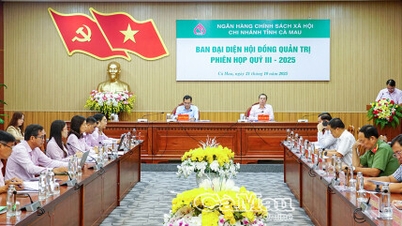
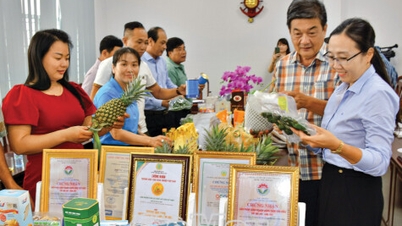
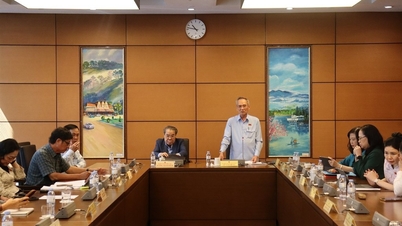

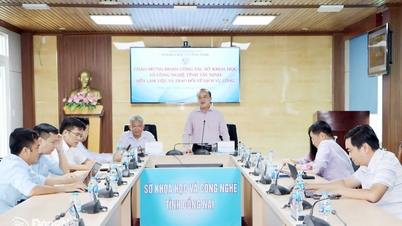

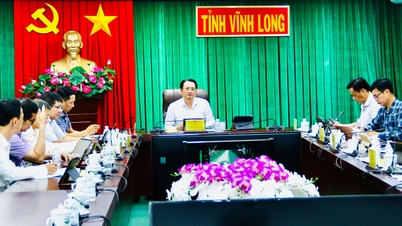





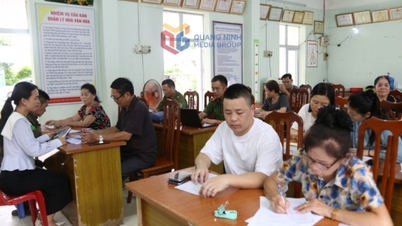





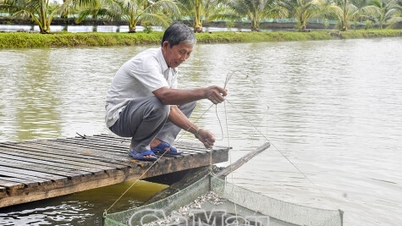
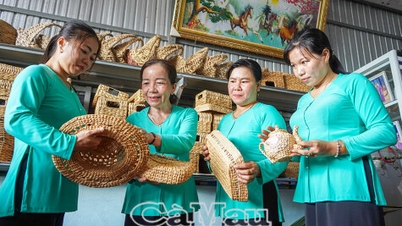
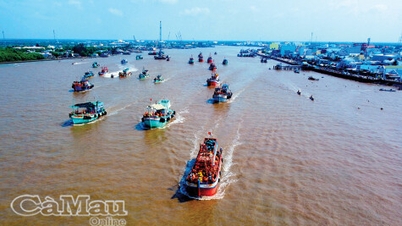
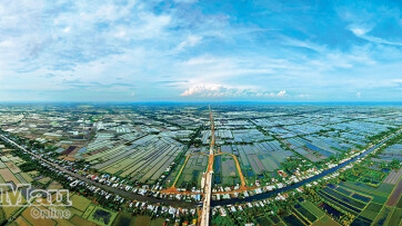
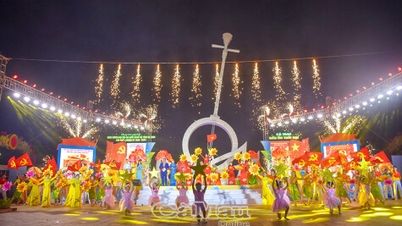





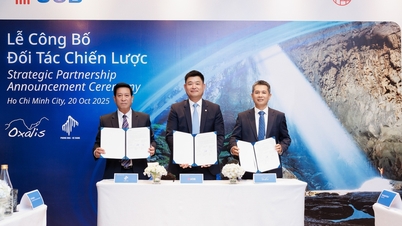



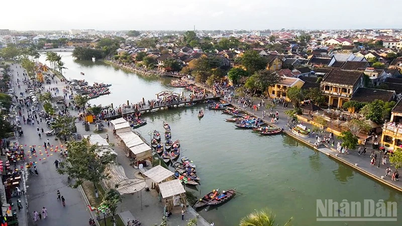





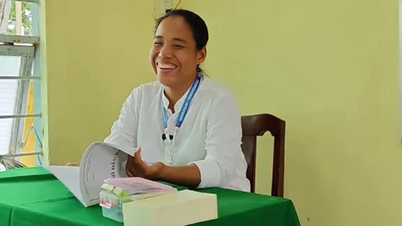
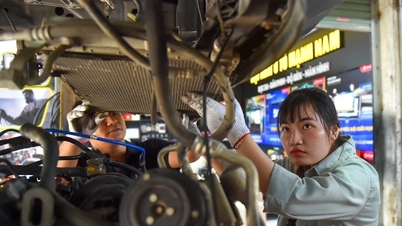

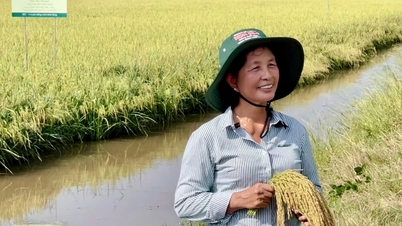

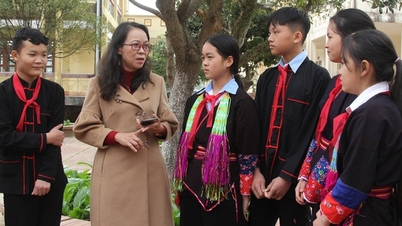

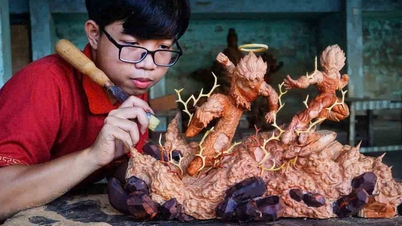
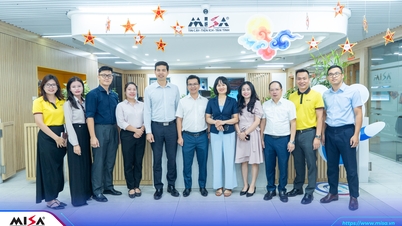

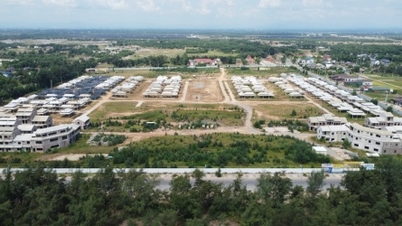

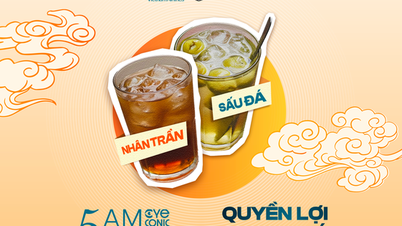

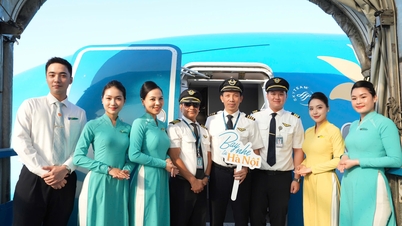
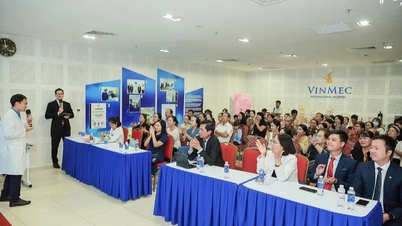






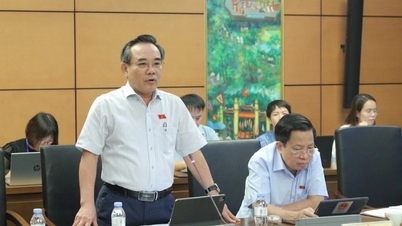
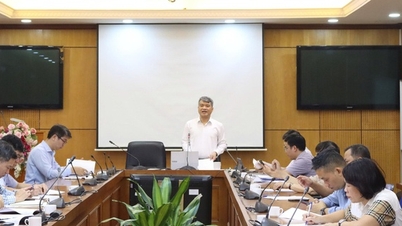
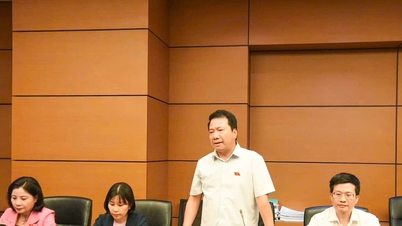

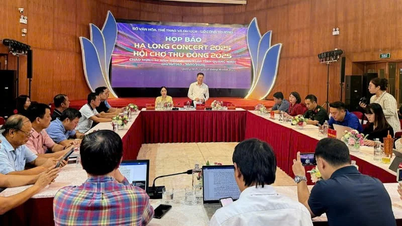





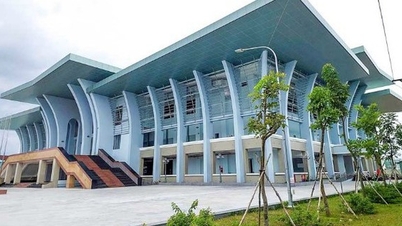
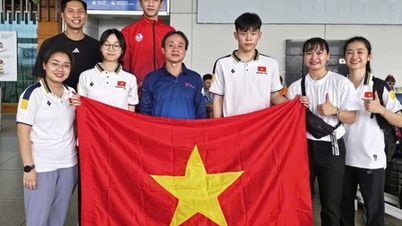
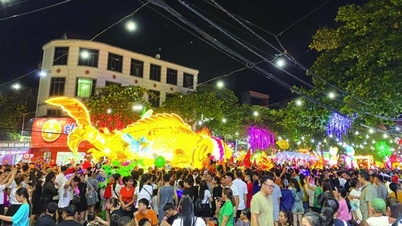
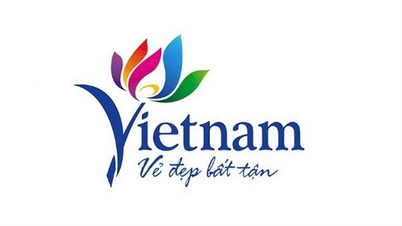
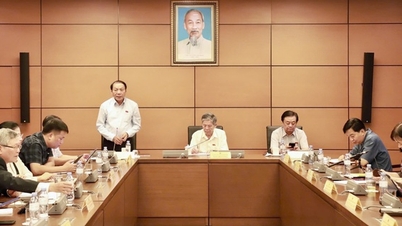
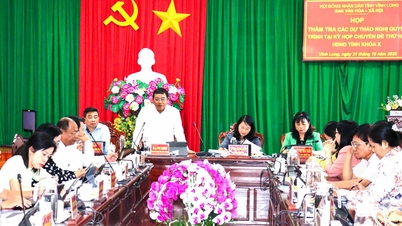
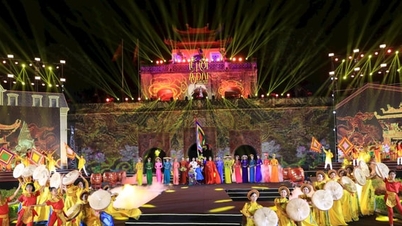

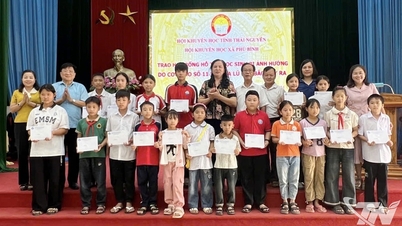

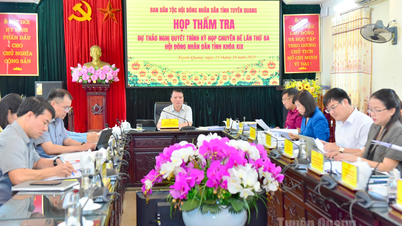

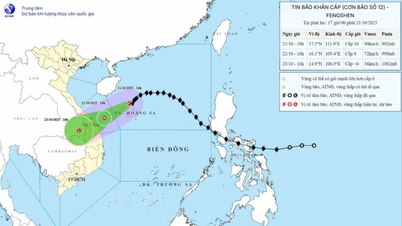

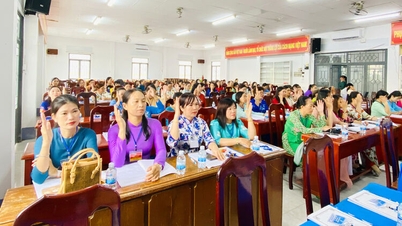














Comment (0)